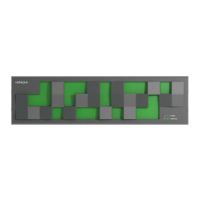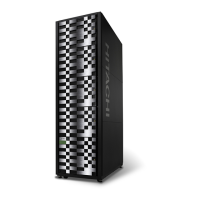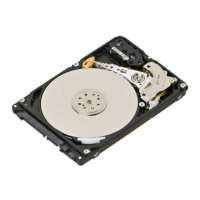Detecting issues
The HNA
S server contains an automatic diagnosis system which identifies,
categorizes and prioritizes problems and then presents the information to the
user through the console.
To activate the diagnosis system, use the trouble command.
This command contains 'groups' which refer to parts of the server and its
storage, for example, there is a Network group and a Storage group. Trouble
also contains 'reporters'. These are individual programs which investigate
issues within the groups.
For example, the Network group contains the following reporters:
CLUSTER-2:$ trouble --list-reporters network
Group Reporter Pri Brd Subject of warnings
----- -------- --- --- -------------------
network aggregation 170 MMB Aggregation status
network network-statistics 180 MMB Network interface statistics
network nim-vlsi 190 MMB NIM VLSIsettings
network network-interfaces 200 MMBNetwork interfaces link status
network remote-nfs 270 MMB RemoteNFS
network nisclient 280 MMB Nisclient status
network wins 290 MMB UnreachableWINS servers
network ip-eng-adv 300 MMB ipeng/ipadv status
network mac-cluster 340 MMB MAC_10status
network mac-network 340 MMB MAC_1status
network external-migration-protocol-errors 350 MMB External
migration protocol errors
network packet-capture 380 MMB Checks that packet-capture is
not running
network remote-http 400 MMB Remote HTTP
There are two t
ypes of reporters:
• Fault reporters - these detect issues which can cause degradation of
service.
• Performance reporters - these detect performance values which are out-of-
range (unexpectedly high or low).
This command operates over all cluster nodes unless configured otherwise.
Example of common command usage
The following command reports all issues with the HNAS network group.
trouble network
The report appears as shown in the example below:
Troubleshooting 77
Hitachi NAS Platform Network Administration Guide

